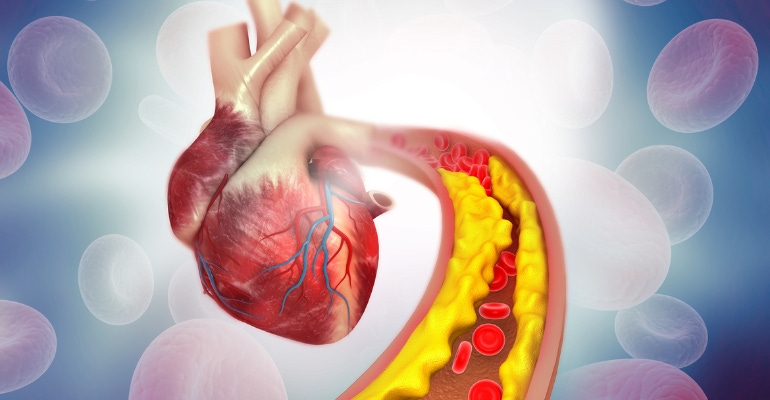New Plot Twist in Shockwave M&A Rumor
Speculation emerged late last week that both Medtronic and Johnson & Johnson have expressed an interest in buying Shockwave Medical.
May 14, 2023

Shockwave Medical is being courted by some heavy hitters, if the medtech rumor mill is to be believed.
Unconfirmed reports emerged in April that Boston Scientific and Shockwave were trying to work out a deal. Last week, however, StreetInsider reported that those talks had fallen apart because the companies couldn't agree on a price. By the end of the week, there was new speculation (also from StreetInsider) that both Medtronic and Johnson & Johnson were interested in Shockwave.
Medtronic and J&J are both in the Medtech Big 6 (numbers one and three, respectively), which has contributed to the hype surrounding the latest Shockwave M&A talk. The timing of these rumors is also interesting given that Shockwave just wrapped up its own acquisition. The Santa Clara, CA-based cardiovascular device company bought Neovasc last month.
But that's not all.
Shockwave has a close relationship with Abiomed, which J&J acquired late last year. Abiomed invested about $15 million in Shockwave in 2018, and the two joined forces on a training program in the United States and Germany related to the complimentary use of their respective technologies. Now that Abiomed is part of J&J, Shockwave would be especially well-suited for the conglomerate's medtech segment, assuming it didn't trigger antitrust concerns.
Throughout the years there have been many rumored acquisitions in the medtech industry. Some of these rumors have come to pass, while others never materialized. But it is uncommon for a single acquisition target to be the center of this much speculation in such a short period of time.
What makes Shockwave an attractive M&A target?
Shockwave, one of the 25 Most Attractive Medtech M&A Targets, went public in 2019 with an upsized initial public offering that scored $97 million.
The company recently launched its L6 peripheral intravascular lithotripsy (IVL) catheter, which has been well received by the market.
L6 was developed specifically to expand the capabilities of the company's peripheral portfolio and to address difficult-to-crack classification and larger vessels such as the iliac and common femoral arteries.
"Our engineers were able to achieve delivery of a more uniform high energy profile to these large vessel lesions by developing a compact emitter array that is distinct from our other products," Isaac Zacharias, Shockwave's chief commercial officer, said during the company's first-quarter earnings call on May 8. "In addition to the improved energy profile, the larger diameter balloons are better able to facilitate energy delivery and dilate up to the target vessel diameter."
The new device offers a strong clinical value proposition as well as a strong economic value proposition for hospitals, Zacharias said, according to Seeking Alpha transcripts of the call.
"The results in clinical practice are surprising us and our customers," he said. "What we are hearing most often is how impressed physicians are with the angiographic results after L6, noting in many cases that the artery looks as good as if it we are stented."
From an economic standpoint, IVL is clinically indicated for use in iliac arteries, which Zacharias said is not the case for many of the atherectomy devices on the market. He also noted that reimbursement is not consistent for atherectomy.
"In contrast, IVL carries additional reimbursement in iliac arteries that adequately covers hospital cost to acquire L6," he said.
Doug Godshall, president and CEO at Shockwave, said customer response to the performance of the device and initial demand for L6 has exceeded the company's expectations, and "appears to offer broader utility than we had anticipated."
About the Author(s)
You May Also Like



.png?width=300&auto=webp&quality=80&disable=upscale)
